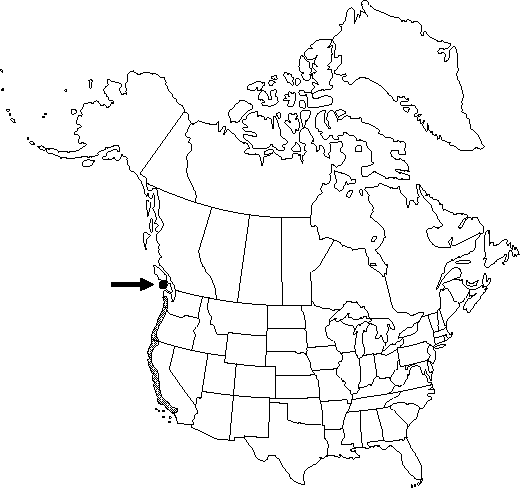Difference between revisions of "Myrica californica"
Linnaea 6: 535. 1831.
FNA>Volume Importer |
imported>Volume Importer |
||
| (6 intermediate revisions by 2 users not shown) | |||
| Line 14: | Line 14: | ||
|basionyms= | |basionyms= | ||
|synonyms={{Treatment/ID/Synonym | |synonyms={{Treatment/ID/Synonym | ||
| − | |name= | + | |name=Gale californica |
|authority=(Chamisso) Greene | |authority=(Chamisso) Greene | ||
| + | |rank=species | ||
}} | }} | ||
|hierarchy=Myricaceae;Myrica;Myrica californica | |hierarchy=Myricaceae;Myrica;Myrica californica | ||
| Line 41: | Line 42: | ||
-->{{#Taxon: | -->{{#Taxon: | ||
name=Myrica californica | name=Myrica californica | ||
| − | |||
|authority=Chamisso | |authority=Chamisso | ||
|rank=species | |rank=species | ||
|parent rank=genus | |parent rank=genus | ||
| − | |synonyms= | + | |synonyms=Gale californica |
|basionyms= | |basionyms= | ||
|family=Myricaceae | |family=Myricaceae | ||
| Line 56: | Line 56: | ||
|publication year=1831 | |publication year=1831 | ||
|special status=Endemic | |special status=Endemic | ||
| − | |source xml=https:// | + | |source xml=https://bitbucket.org/aafc-mbb/fna-data-curation/src/2e0870ddd59836b60bcf96646a41e87ea5a5943a/coarse_grained_fna_xml/V3/V3_697.xml |
|genus=Myrica | |genus=Myrica | ||
|species=Myrica californica | |species=Myrica californica | ||
Latest revision as of 21:50, 5 November 2020
Shrubs or small trees, evergreen, 2-10 m. Branchlets green when young, becoming red-brown, eventually black to gray with age, densely gland-dotted, glands colorless to black, pilose to villous, ultimately glabrous. Leaf blade fragrant when crushed, narrowly elliptic to elliptic-oblanceolate, 4-13 × 0.7-3.1 cm, sometimes membranous, more commonly leathery, base cuneate-attenuate, margins variable, from nearly entire (less common) to remotely and coarsely serrate entire length of blade, apex acute; surfaces abaxially pale green, adaxially dark green, shiny, both surfaces gland-dotted; glands colorless to black, considerably more dense abaxially, midrib pilose to glabrate adaxially. Inflorescences: staminate 0.6-1.7(-2.5) cm; bisexual 0.6-1.9(-3) cm; flowers bisexual, staminate, or pistillate within any 1 spike. Staminate flowers: bract of flower shorter than staminal column, margins opaque and densely ciliate; stamens (2-)6-12(-22). Pistillate and bisexual flowers: bracteoles usually persistent in fruit, 4-6, not accrescent or adnate to fruit wall, margins ciliate; stamens 1-5, in bisexual flowers hypogynous, free or often adnate to ovary, especially near styles; ovary ± villous, especially at apex. Fruits globose-ellipsoid, 4-6.5 mm; fruit wall glabrate to sparsely villous, obscured by enlarged, glabrous protuberances, with or without light to very heavy coat of white wax.
Phenology: Flowering spring–early summer, fruiting summer–early fall.
Habitat: Coastal conifer forests, bogs, sand dunes, stream banks, wet meadows, marshes, low, moist hillsides
Elevation: 0-1000 m
Distribution

B.C., Calif., Oreg., Wash.
Discussion
On any one branchlet, staminate inflorescences are borne proximal to bisexual inflorescences; the most distal inflorescences may be completely pistillate.
It is quite common for two or three pistillate or bisexual flowers to occur per bract and for the ovaries to fuse to form a syncarp. In the fruiting condition this can usually be detected by counting the number of style branches (two per ovary, therefore four for a syncarp derived from two fused ovaries). Many specimens apparently do not produce any wax, in which case the fruits appear purple-black rather than white.
Selected References
None.